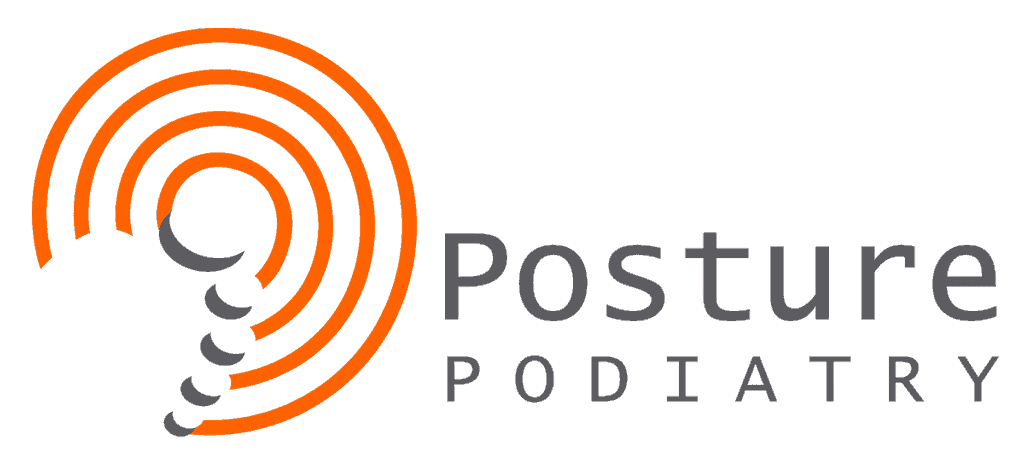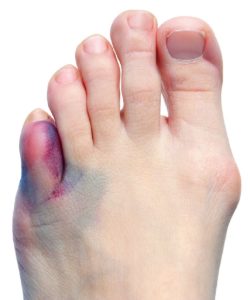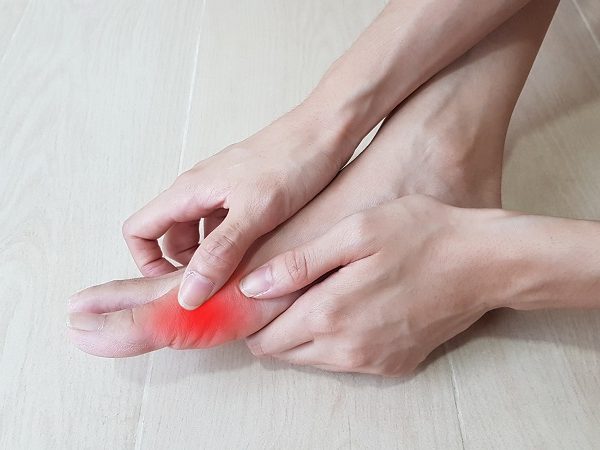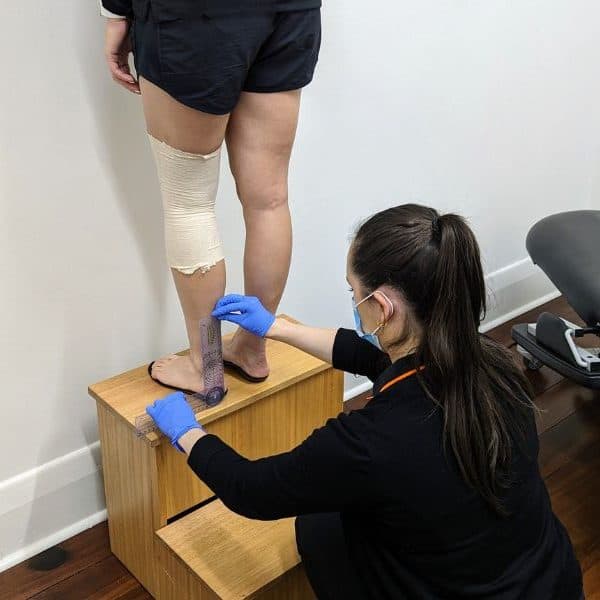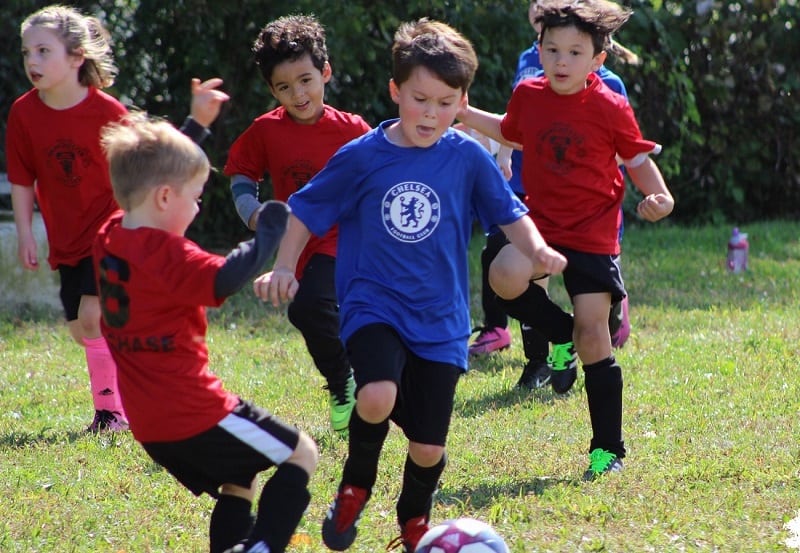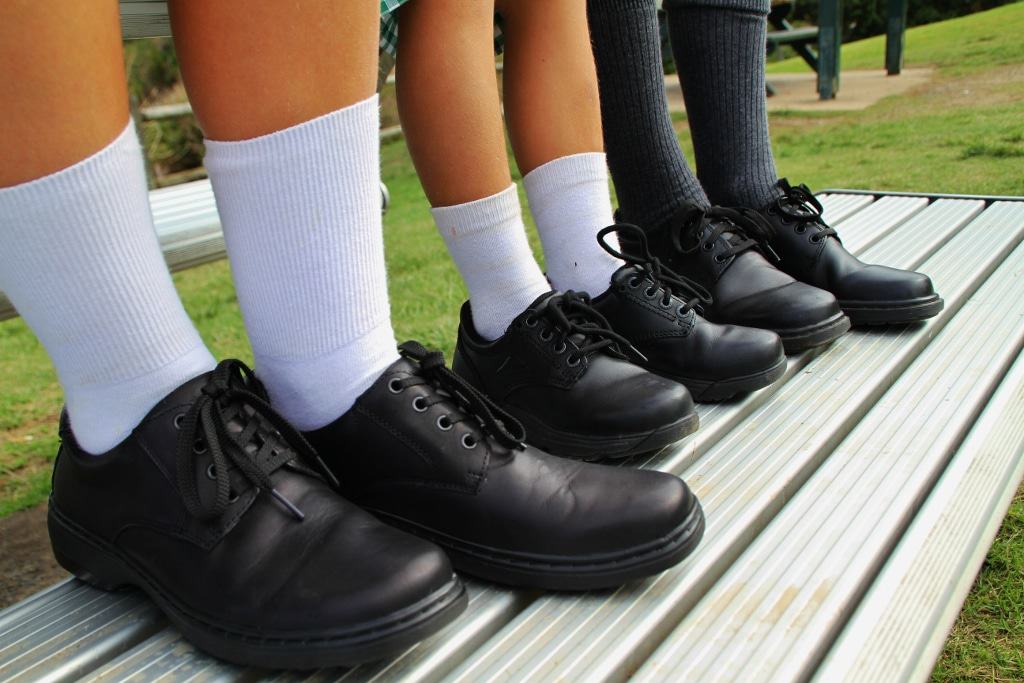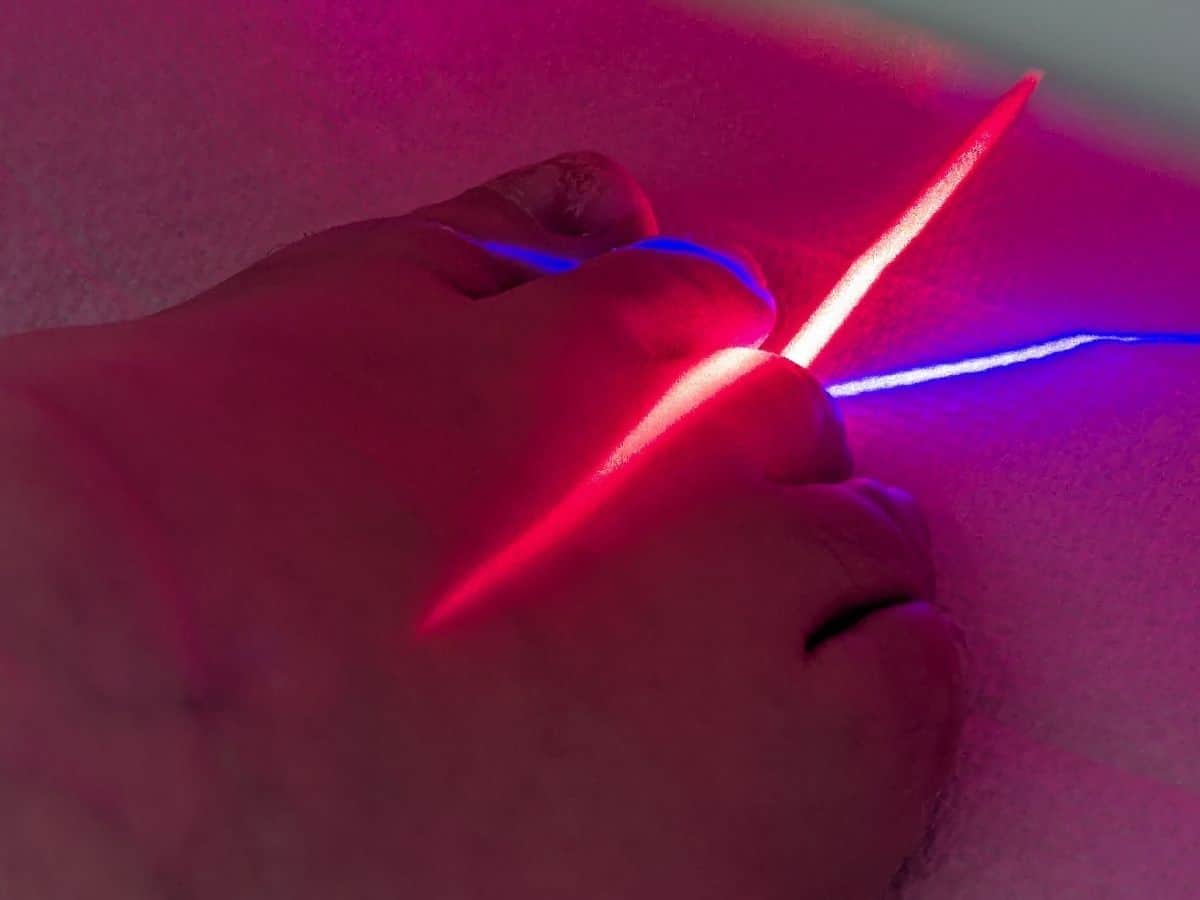What is a Bunion?
A bunion is a bony prominence on the side of the foot. This prominence usually occurs just below the big toe near the joint. This region of the foot is commonly referred to as the first metatarsal head. A bunion in this area is medically referred to as “Hallux Valgus” or “Hallux Abducto Valgus”. A similar type of prominence can also occur just below the small toe joint on the outer edge of the foot. This type of bunion on the little toe side of the foot is sometimes called a bunionette or “Tailor’s Bunion”.
What Causes a Bunion to Develop?
Bunions can be caused by a number of factors. These include:
- Arthritis – conditions such as osteoarthritis, Gout and rheumatoid arthritis can all cause deformation of bones leading to a bony bunion prominence.
- Biomechanical imbalances – foot function and muscular imbalances can lead to excessive tightening or contraction of muscles and weaknesses in opposing muscles. This can eventuate in malalignment of the big toe joint and eventual bunion formation.
- Post surgical malfunction can lead to bone deformities.
- Improper nerve function in the feet and lower legs can contribute to muscle imbalances
- Poor fitting footwear can contribute to bunion formation and hasten the onset but shoes are rarely the sole cause of bunions.
Looking for an Adelaide Podiatrist for Bunion Pain Treatment?
BOOK ONLINE or Call 83625900
What are My Bunion Treatment Options?
Treatment for bunion problems can vary from simple conservative management using bunion exercises all the way to bunion surgery in very severe cases. At Posture Podiatry, our aim is to resolve your bunion pain without surgery. We have a number of options available to do this including:
Strengthening exercises – we aim to improve strength and function of the abductor hallucis muscle. This muscle is often weak or inactive. We need to take steps through mobilisation and exercises to enable the abductor hallucis muscle to function correctly and oppose the often excessively tight adductor hallucis muscle.
Stretching of specific muscles – the adductor hallucis muscle is often very tight or contracting excessively. Stretching is sometimes recommended and may involve the aid of a bunion splint if needed. Night splints for bunions alone tend to be ineffective, however, if used in combination with other treatments mentioned here, splints can be a useful adjunctive treatment.
Footwear analysis and advice is very important as the wrong shoes can make the problem worse.
Joint mobilisation or foot mobilisation is often an integral part of treatment to ensure the joints, muscles and nerves have the best opportunity to function at their optimum levels.
Foot orthotics are sometimes needed to restore balance and alignment especially in a hypermobile foot type. Orthotics can also play an important role in redirecting load away from painful joints and restoring normal motion at the big toe joint (1st metatarsophalangeal joint). High dosage modifications such as long 1st MPJ cut outs, more proximal MLA support and metatarsal domes may need to be considered along with other forefoot modifications in an effort to encourage plantarflexion and stability of the first ray.
Looking for an Adelaide Podiatrist for Bunion Pain Treatment?
BOOK ONLINE or Call 83625900
Will a bunion sleeve or bunion pad help?
A bunion sleeve or pad can help to redistribute pressure and ease discomfort if shoe room is adequate. This may be suitable in the short term but is unlikely to provide sufficient long term pain relief.
Is there a single bunion corrector?
No. Bunion correction usually requires a combined approach when it comes to successful treatment. You will still be advised to do specific exercises following a bunion operation for bunion correction as part of your rehabilitation process. Full weight bearing may take up to a few months following surgery.
Is bunion surgery necessary?
No, not always. Many bunions can be treated using conservative measures and are successful in managing and controlling pain. Bunion surgery may be considered if all else fails.
What is involved in bunion surgery?
This is an option which we only suggest considering if all other conservative treatment measures fail to provide satisfactory relief. If you do decide to explore your surgical options for bunion correction, we can assist you and your GP in recommending a foot specialist experienced in bunion removal.
Where can I get help for my bunions?
Our experienced podiatrists at Posture Podiatry have over 40 years of combined clinical experience in dealing with specific foot and leg problems.
Looking for an Adelaide Podiatrist for Bunion Pain Treatment?
BOOK ONLINE or Call 83625900
